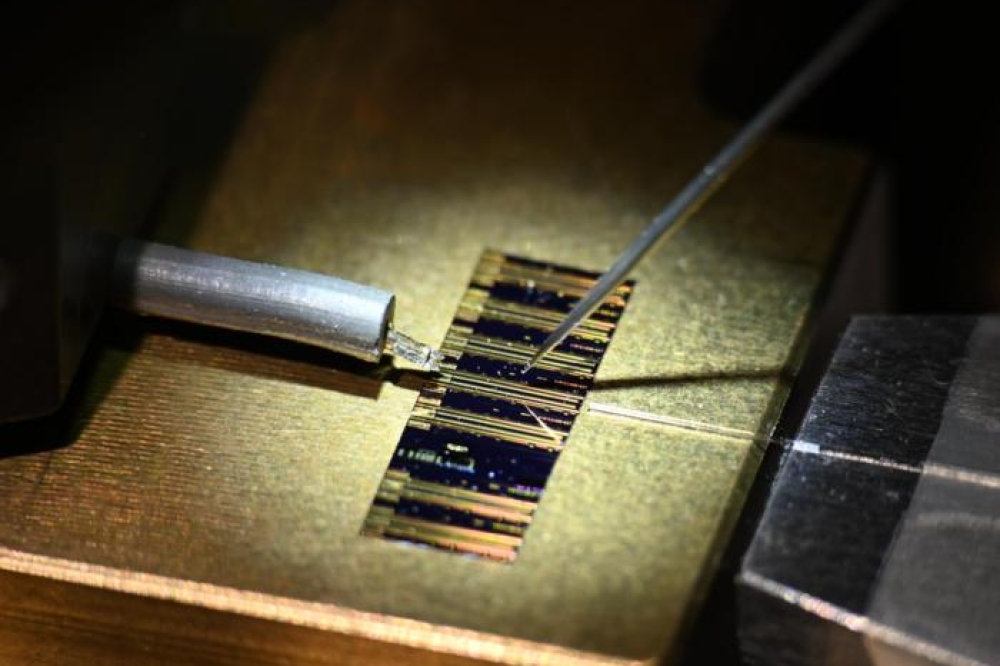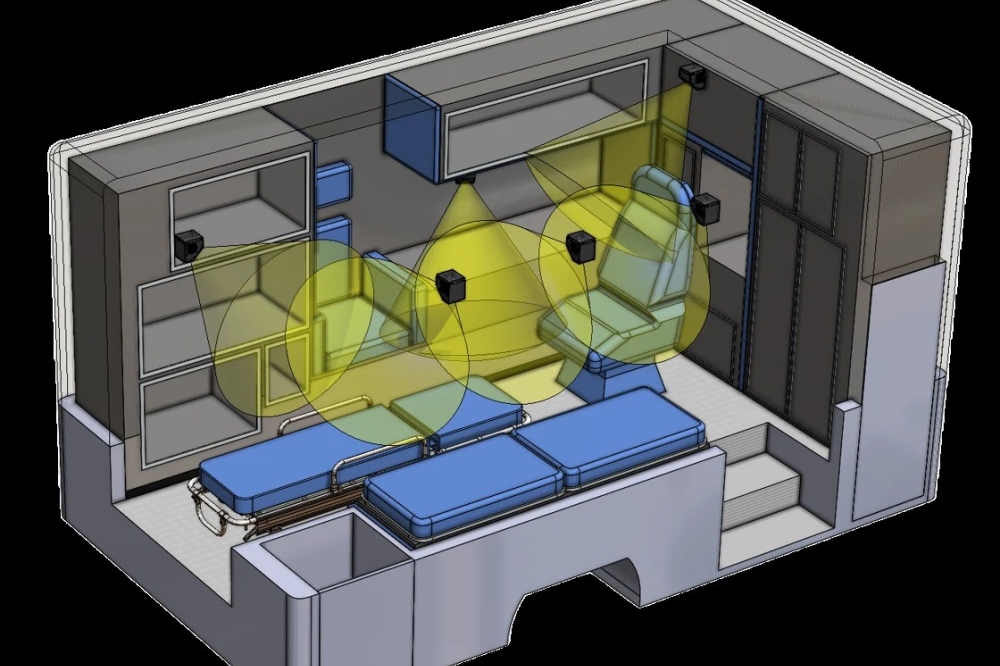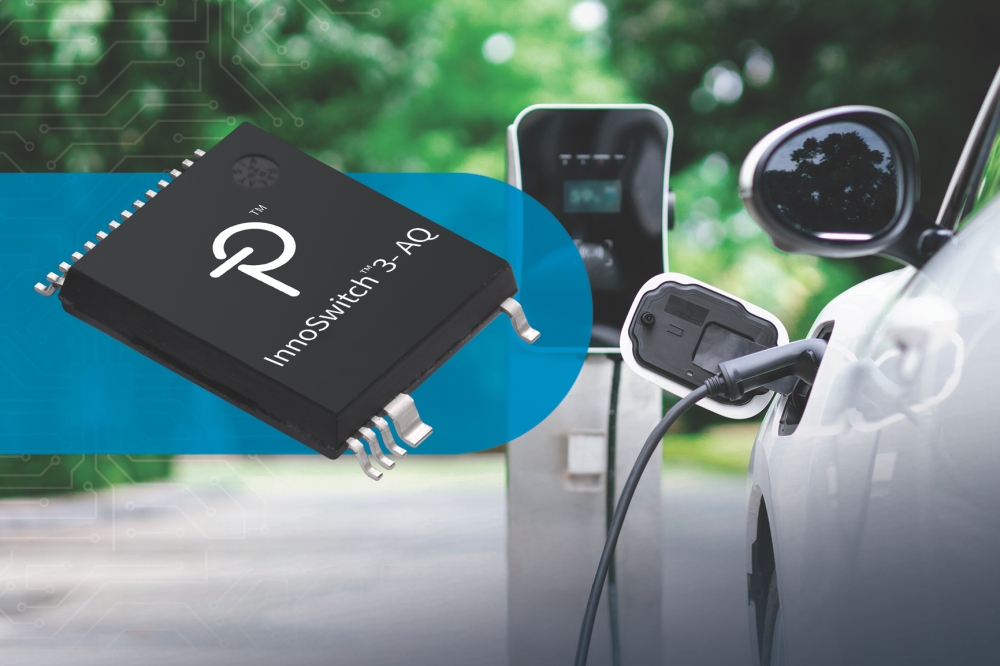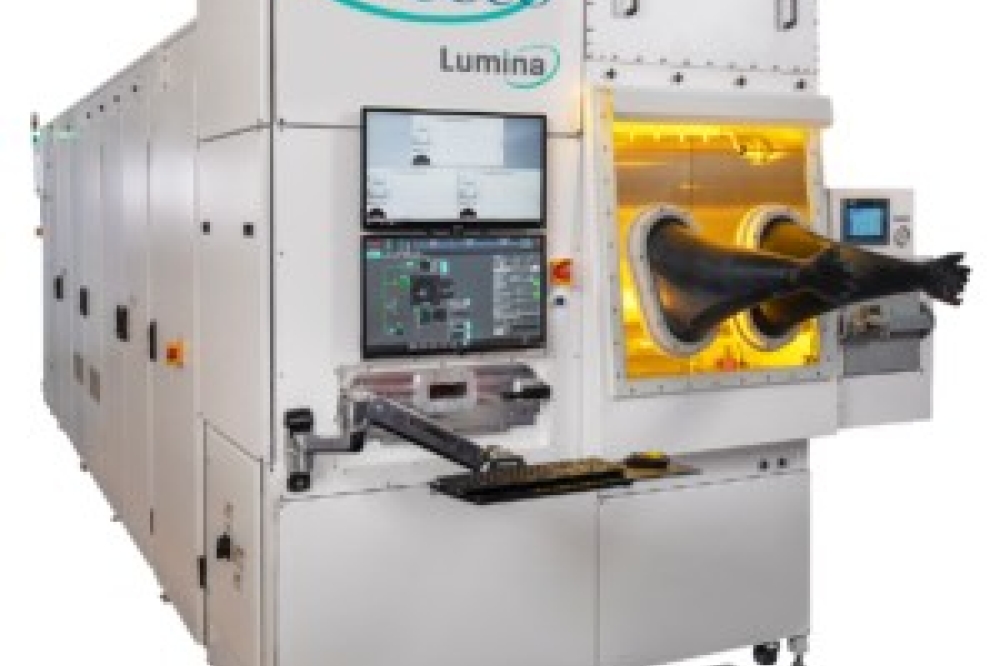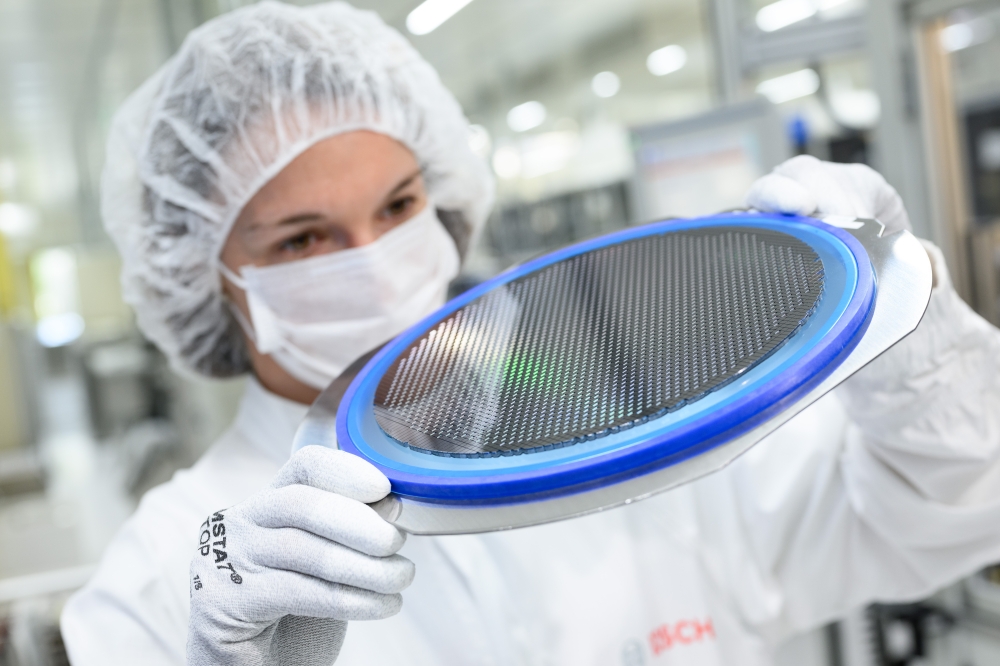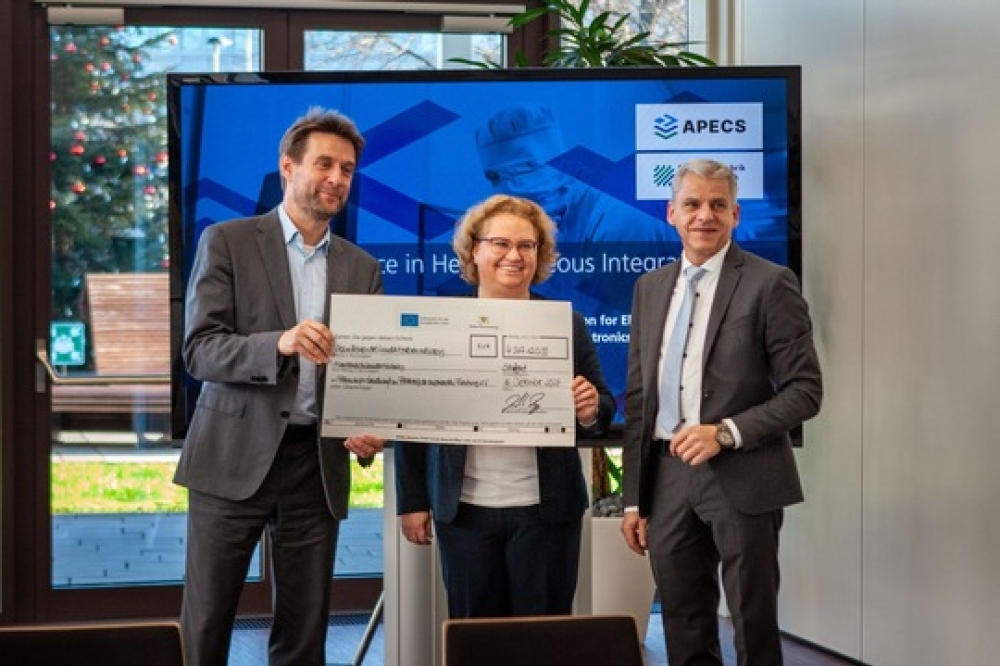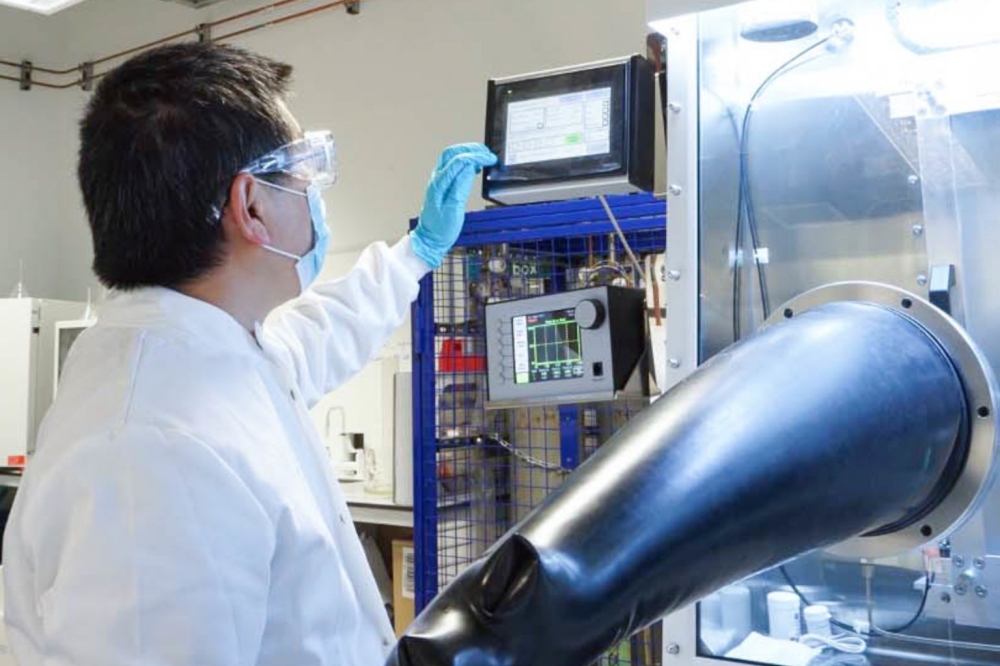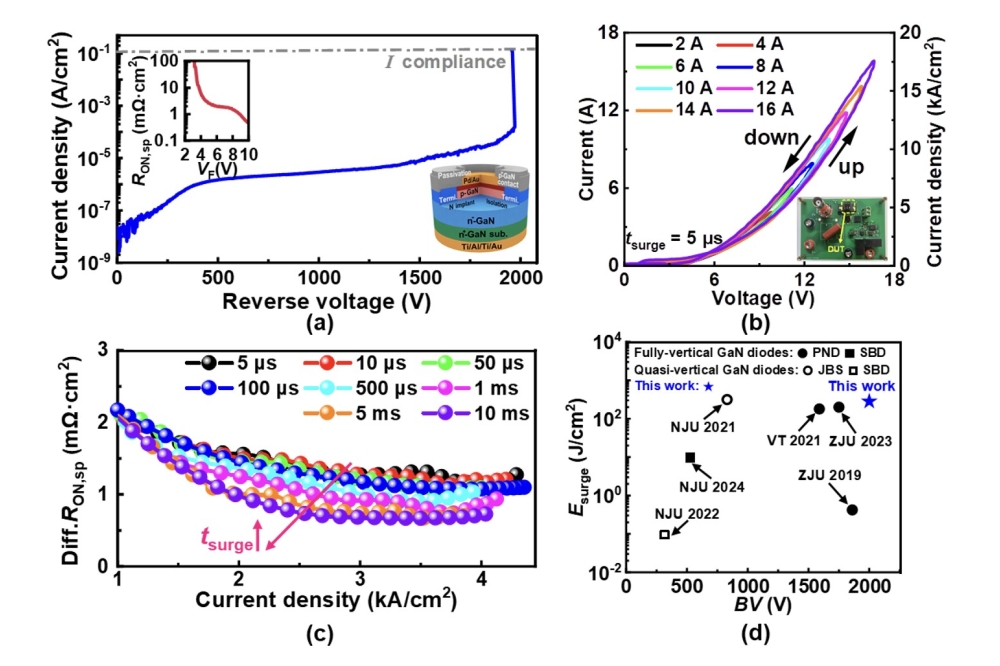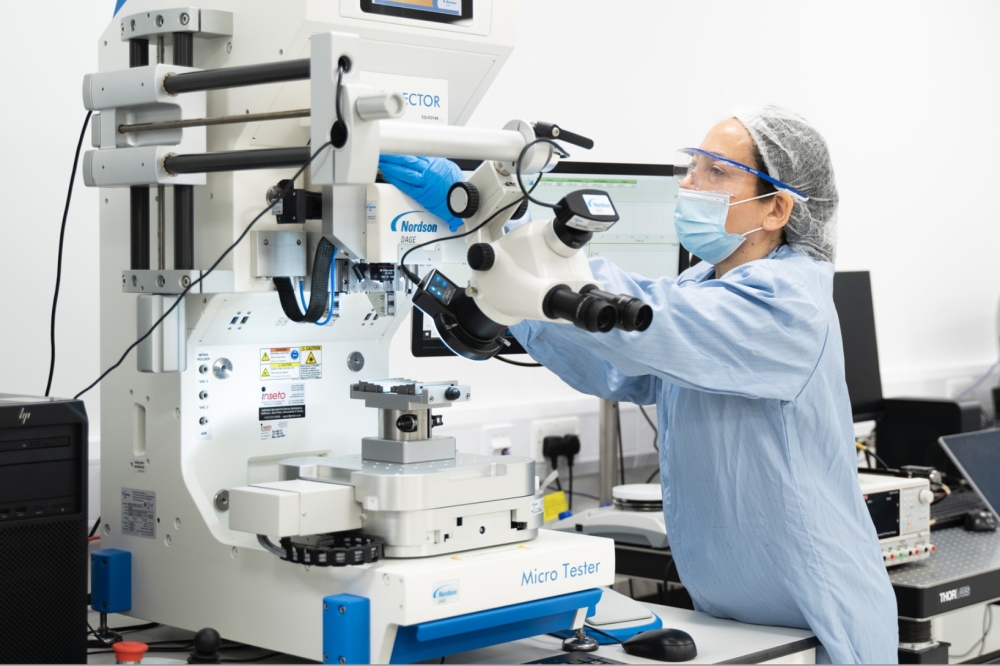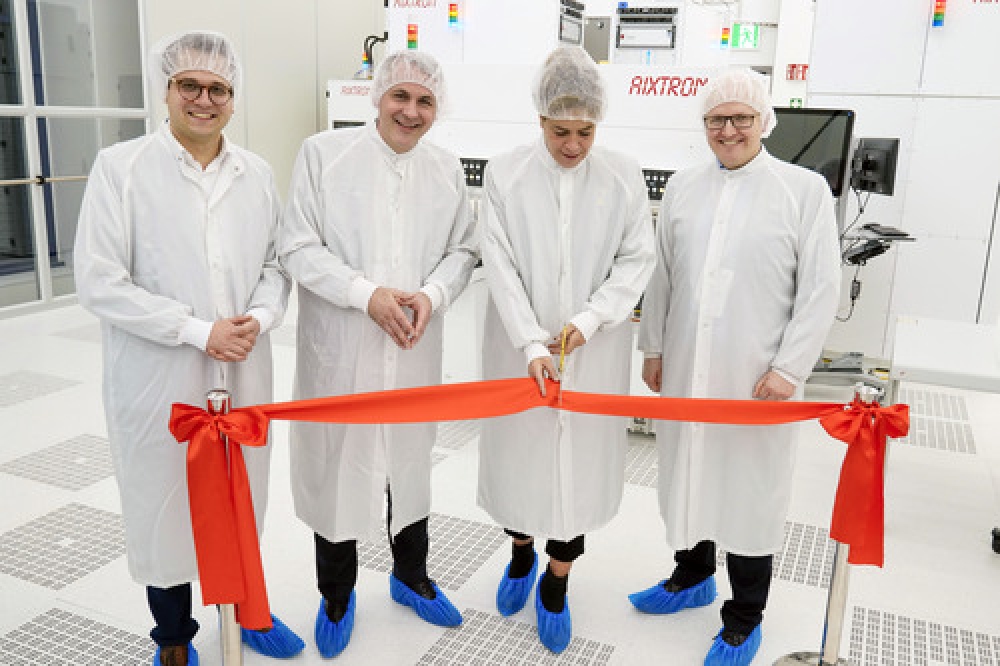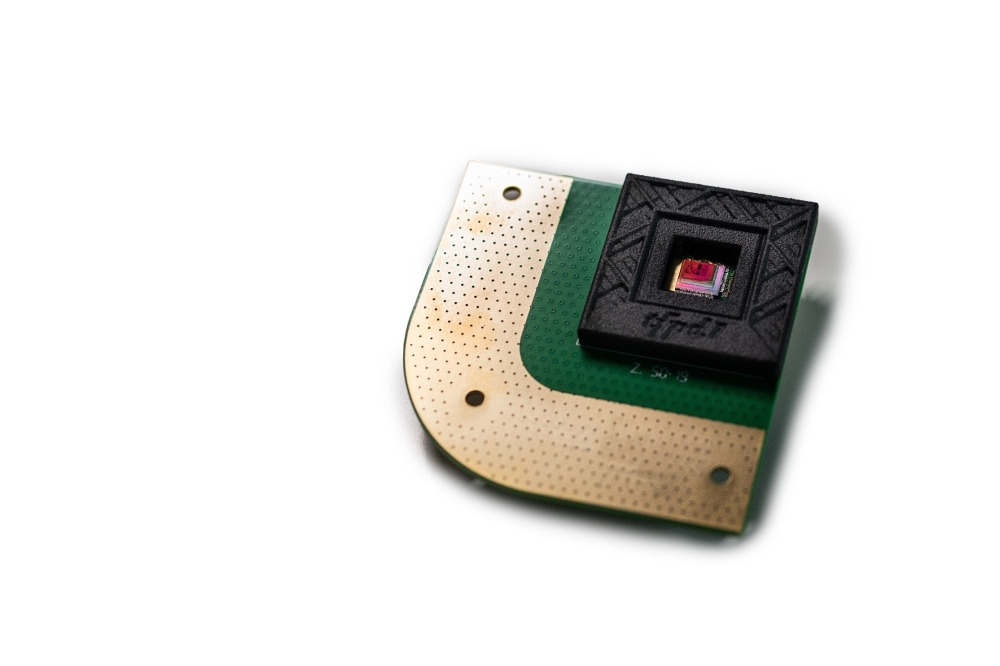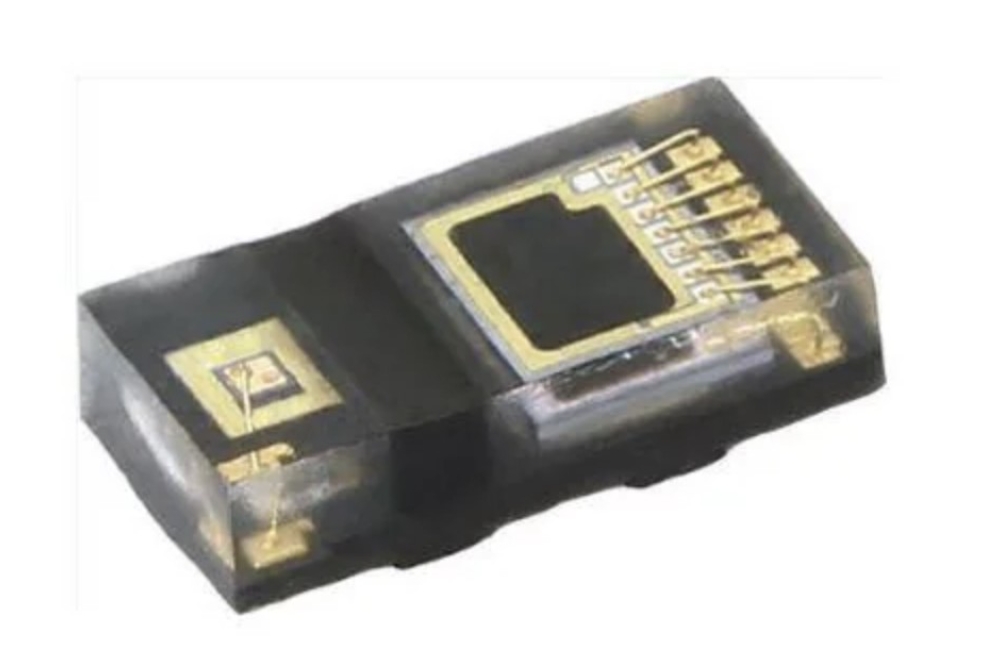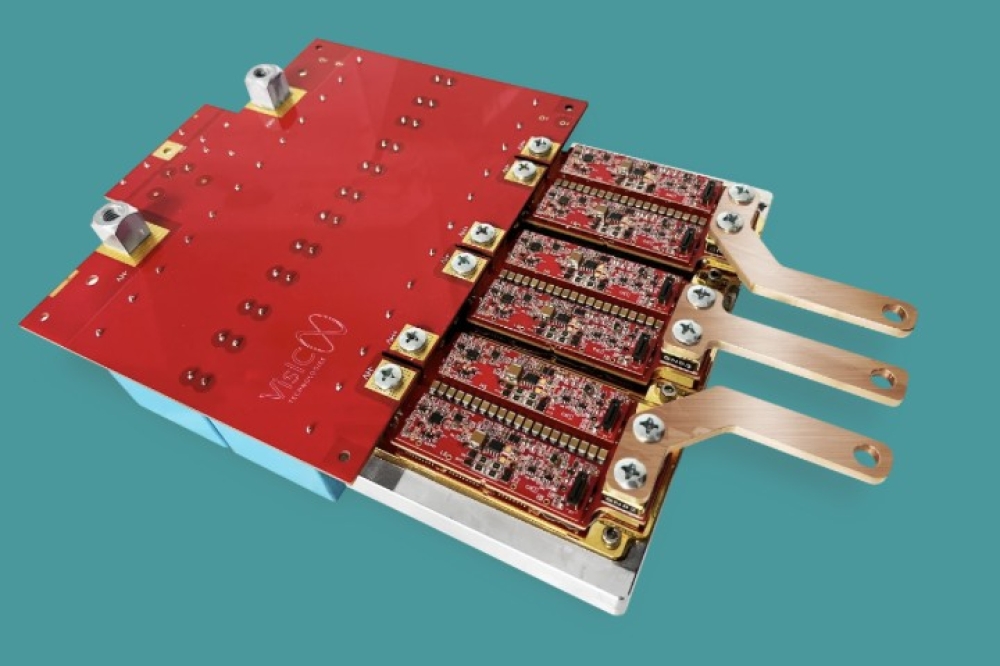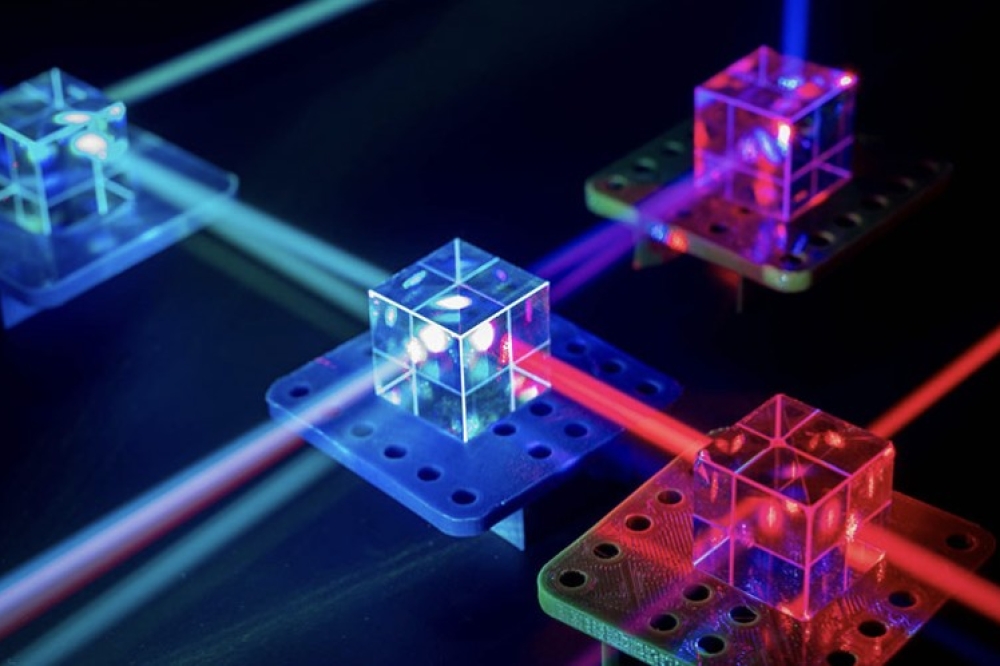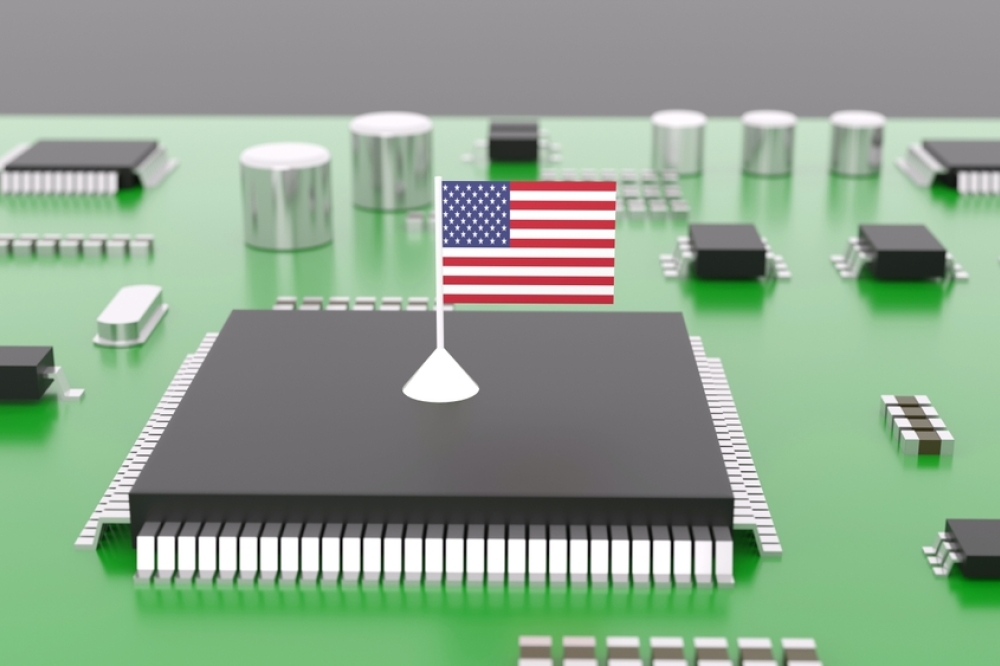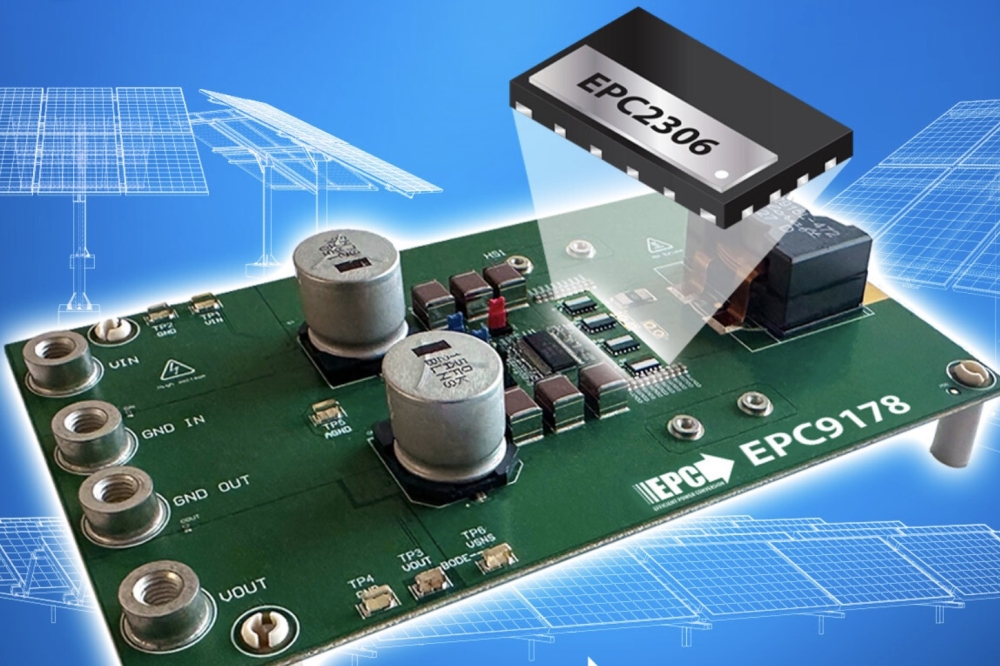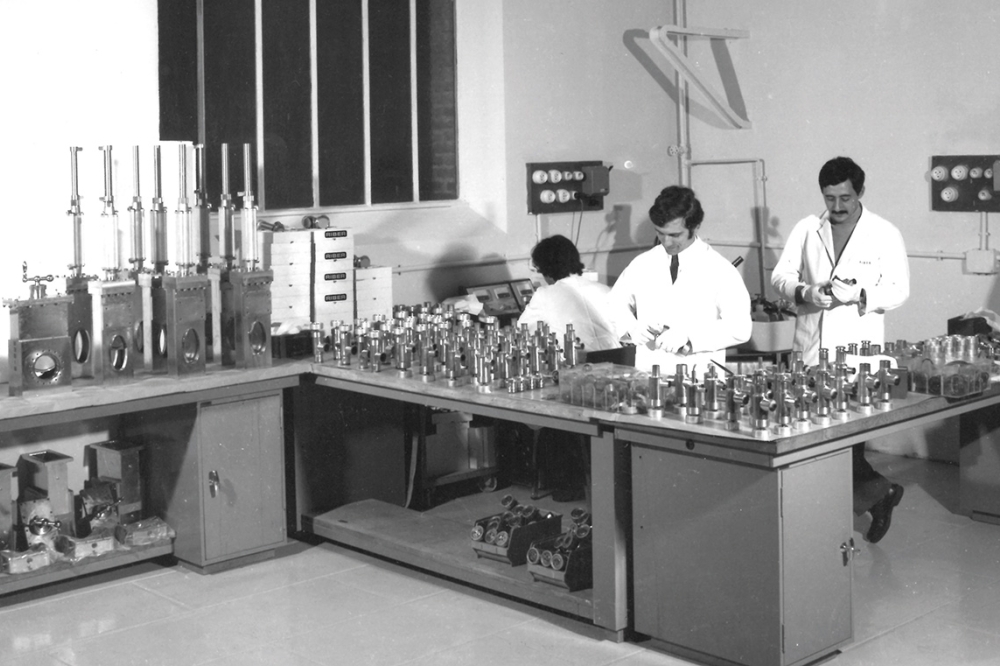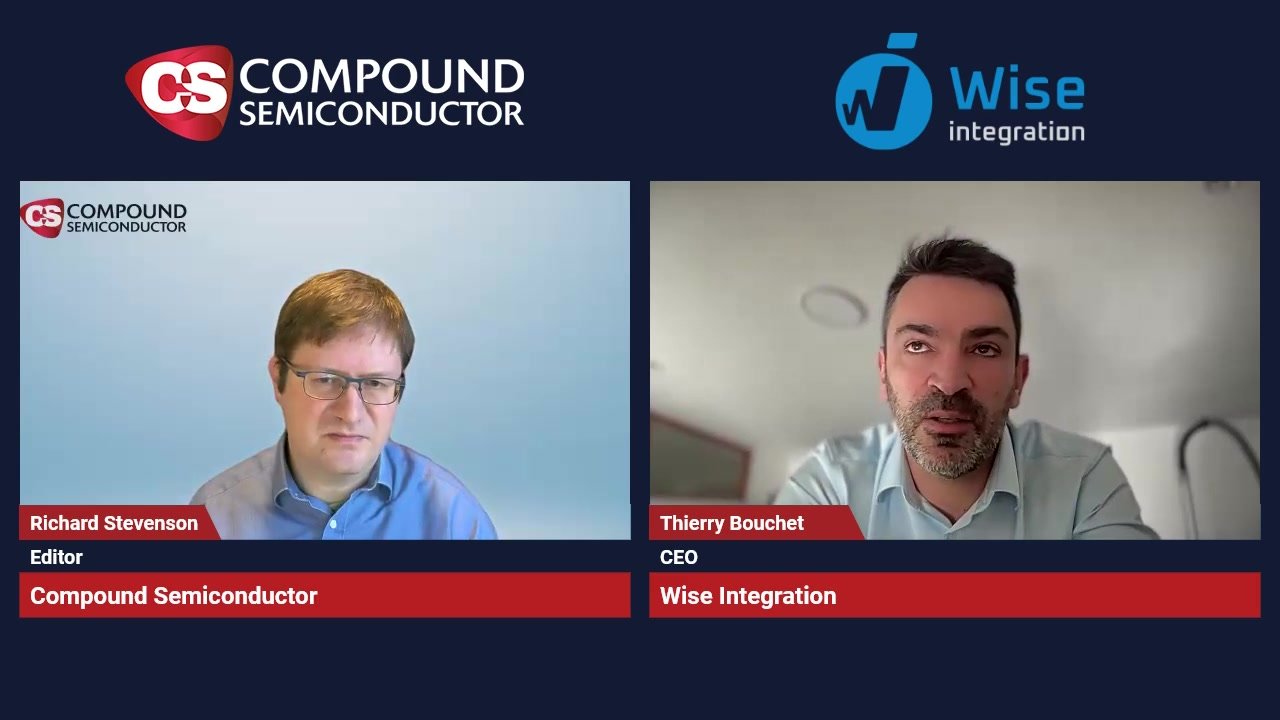A new source of GaN-InGaN LED performance limitation?
Researchers point the finger at inherent background electron concentration
Scientists from Lakehead University and the epitaxy company MEAglow, both in Canada, have published a paper that highlights what they believe is a previously unidentified source of performance limitation in GaN-InGaN LED devices.
While most studies focus on output saturation known as 'current droop' from InGaN layer effects, the researchers show a similar influence from p-type GaN's inherent background electron concentration. The results were published online last week in the journal Solid-State Electronics.
They investigated p-GaN material to confirm that, even though the material had an excess of holes, the background electrons were indeed present and were influencing the charge flow across device electrodes. This current does not cross LED heterojunctions but rather drifts toward its proximal device electrode, causing a source of heating while providing no carriers for light emitting recombination.
The effects of this current were then explored in an LED configuration, whose output showed weak efficiency at very low biases in addition to that from current droop.
While the shortcoming under small currents has previously been attributed to electron tunneling across the junction, the researchers propose that another cause could be the background electrons inside p-GaN.
The full paper 'GaN-InGaN LED efficiency reduction from parasitic electron currents in p-GaN' by Greg Togtema, et al was published online last week in Solid-State Electronics Volume 103, January 2015.

